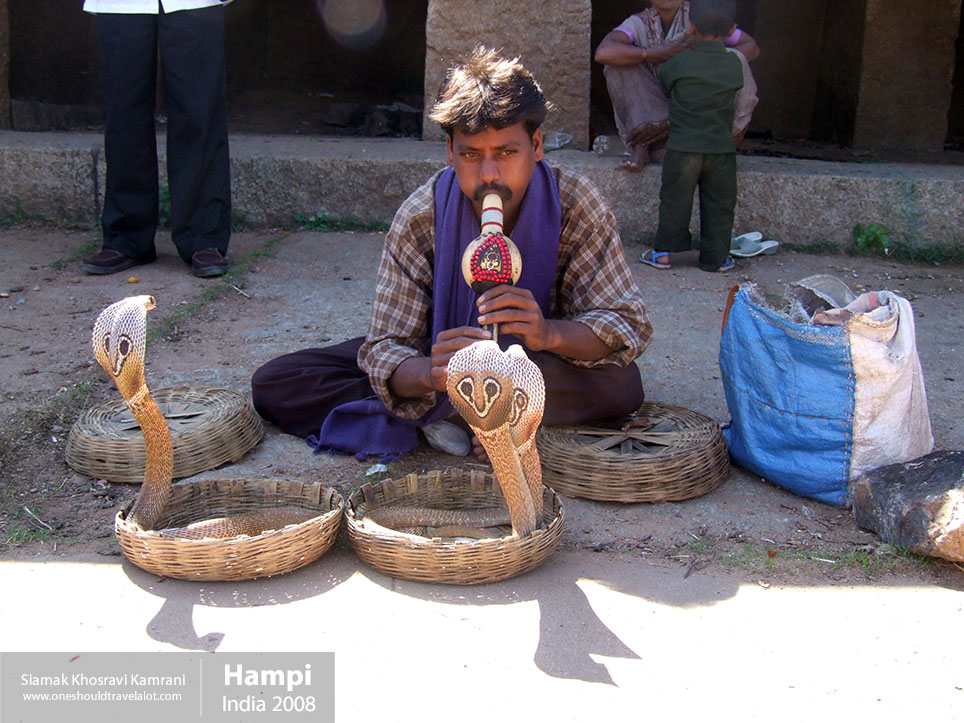Discovering the Enchantment of Amber, India
Nestled in the heart of Rajasthan, India, lies the historical gem of Amber. Known for its magnificent fort, Amber offers a unique blend of ancient architecture, vibrant culture, and picturesque landscapes. This captivating city is a treasure trove for any photographer, especially one eager to capture the essence of Indian heritage and the timeless beauty of its structures.
Arrival in Amber
My journey to Amber began with a sense of anticipation and excitement. As I approached the city, the sight of the Amber Fort perched majestically on a hilltop filled me with awe. The fort, a stunning blend of Rajput and Mughal architecture, dominates the landscape, offering a glimpse into the city’s regal past.
Amber, once the capital of the Kachwaha Rajputs before Jaipur, is a place where history breathes through its walls and lanes. The air here is tinged with the scent of spices, the chatter of locals, and the calls of vendors selling their wares. The first thing that struck me about Amber was its vibrant colors and the warm, welcoming smiles of its people.
Exploring Amber Fort
My first stop was the Amber Fort, a UNESCO World Heritage site. The fort’s vast expanse is a photographer’s paradise, with its grand palaces, intricate carvings, and expansive courtyards. As I walked through the Sun Gate, I was greeted by the imposing facade of the fort, adorned with intricate mirror work and frescoes.
Inside the fort, I marveled at the Sheesh Mahal (Mirror Palace), where tiny mirrors embedded in the walls and ceilings created a dazzling effect, reflecting light in every direction. The play of light and shadow here is a delight to capture, each angle offering a new perspective.
The Diwan-i-Aam (Hall of Public Audience) and Diwan-i-Khas (Hall of Private Audience) are equally impressive, with their ornate pillars and arches. The fort’s design, intended to awe and inspire, makes one feel transported back to the days of kings and queens.
Immersing in Local Culture
Amber is not just about its fort; it’s about the people and their rich traditions. Walking through the narrow lanes of the town, I encountered artisans crafting traditional jewelry, potters shaping clay into beautiful pots, and women weaving colorful textiles. Each craft is a testament to the city’s rich cultural heritage.
One of the highlights of my visit was participating in a traditional Rajasthani cooking class. Learning to cook dishes like Dal Baati Churma and Gatte ki Sabzi, I discovered the rich flavors and spices that make Rajasthani cuisine unique. Sharing this meal with my hosts was an experience filled with laughter and storytelling, a perfect way to understand the local way of life.
The People of Amber
The people of Amber are as fascinating as its architecture. The city is home to a mix of ethnic groups, including Rajputs, Brahmins, and various artisan communities. Their diverse backgrounds add to the cultural tapestry of the city.
Rajasthani is the primary language spoken here, but Hindi and English are also widely understood. The locals are incredibly friendly and eager to share their stories and traditions with visitors. This warmth and hospitality make every interaction memorable.
Capturing Amber’s Landscapes
Amber is surrounded by scenic beauty that offers endless opportunities for photography. The Maota Lake, at the base of the fort, reflects the grandeur of the structure in its calm waters, creating a picturesque scene at sunrise and sunset.
I also explored the nearby Aravalli hills, capturing the rugged landscapes and the play of light on the rocky terrain. The view from Jaigarh Fort, another historic fortification overlooking Amber, offers a panoramic vista of the city and the surrounding countryside.
Societal Conditions and Living Standards
Amber, like much of Rajasthan, is a place where tradition meets modernity. While the town itself retains a rustic charm, with traditional houses and bustling markets, there is also a visible effort to improve infrastructure and living standards.
Education and healthcare have seen significant improvements, with new schools and medical facilities being established. However, the town still faces challenges such as water scarcity and the need for better sanitation facilities. The people of Amber, resilient and resourceful, are actively working towards creating a better future while preserving their rich heritage.
Festivals and Traditions
Amber comes alive during its numerous festivals. The Teej Festival, celebrating the monsoon season, is a riot of colors and joy, with women dressed in their finest traditional attire, singing and dancing in the streets. The Gangaur Festival, dedicated to the goddess Gauri, is another significant event, marked by processions, prayers, and feasts.
These festivals are not just a visual delight but also offer a deeper insight into the cultural and religious beliefs of the people. Participating in these celebrations, I felt a profound connection to the city’s soul, understanding its essence through the eyes of its residents.



